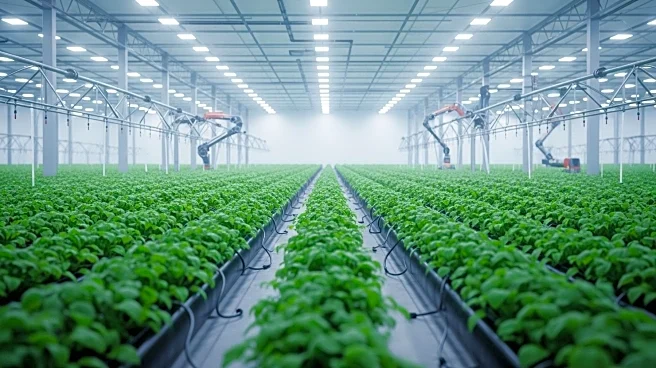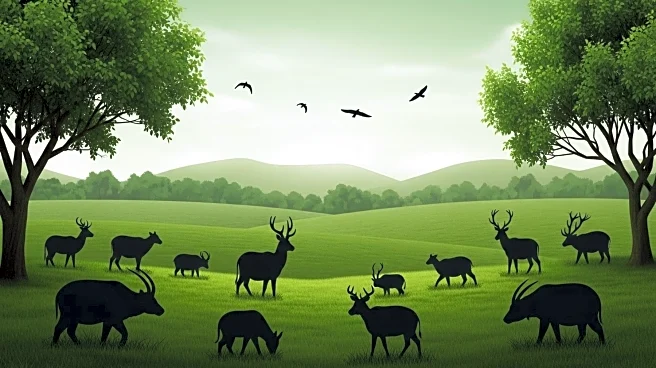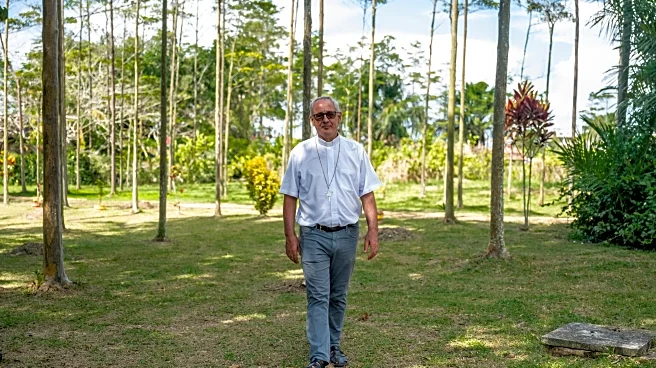What's Happening?
Swiss researchers have retraced the steps of botanists from over a century ago to study plant biodiversity in Switzerland's grasslands. Using century-old plant inventories, they found that the average number of plant species on agricultural grassland has fallen by 26% over the last century. The decline is attributed mainly to land use changes rather than climate change. The study highlights the impact of industrialized agriculture on biodiversity, with alpine farmland showing less diversity loss due to less intensive farming practices.
Why It's Important?
The study provides a unique historical perspective on biodiversity loss, which is notoriously difficult to quantify. It underscores the significant impact of land use changes on plant diversity, offering insights into how agricultural practices can be modified to promote biodiversity. The findings are crucial for policymakers and conservationists aiming to preserve natural habitats and promote sustainable farming practices.
What's Next?
Recent developments in Swiss agricultural practices have led to a slight increase in plant diversity since the early 2000s. Farmers are rewarded for practices that promote biodiversity, such as mowing late and extensive grazing. These measures are supported by subsidies, indicating a shift towards more sustainable farming practices. Continued efforts in biodiversity promotion and protection are expected to further mitigate diversity loss.
Beyond the Headlines
The study highlights the resilience of nature and the effectiveness of political measures in preserving biodiversity. It suggests that with targeted interventions, it is possible to reverse some of the negative impacts of industrialized agriculture on plant diversity.












